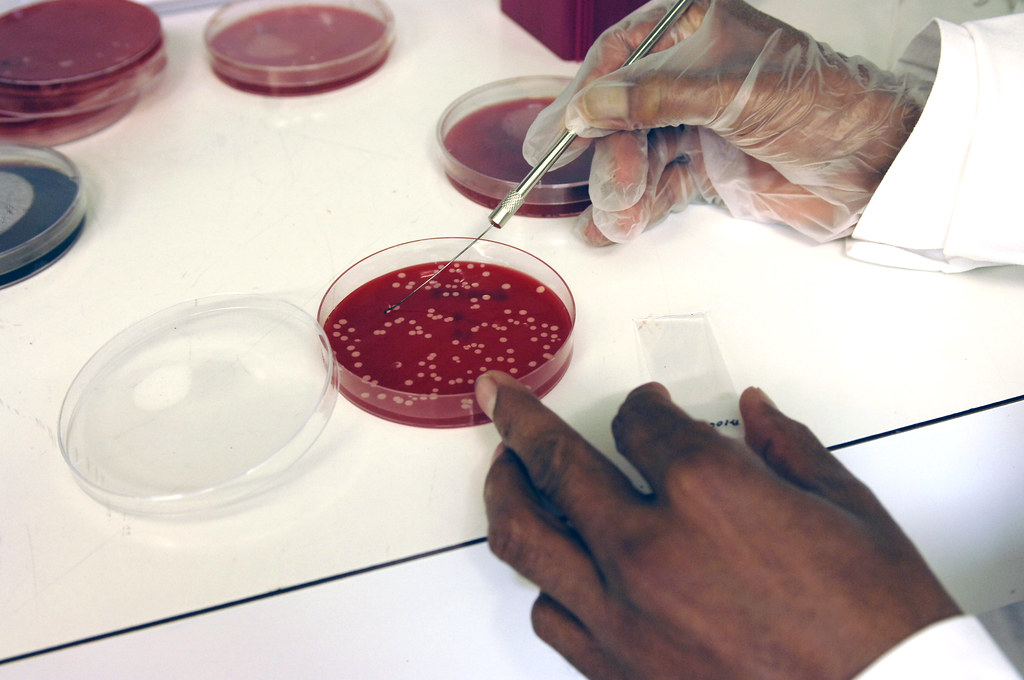A inquiry is beginning into “the worst treatment disaster in NHS history”. More than 72 pupils died after receiving contaminated blood.

Between 1974 and 1987, 122 disabled children from Treloars college were offered treatment for haemophilia. Haemophilia is a rare condition where the body can not clot. Just 32 of the 122 pupils are alive today, many dying of HIV or viral hepatitis.
A public inquiry begins this week, with students and parents making statements. No one has ever blamed Treloars, especially as the NHS ran the haemophiliac centre and not school employed staff. In a statement, the school calls it “a tragic part of our past”. They recognise the enquiry as “a difficult time for our affected alumni”.
Victims have campaigned for years, led by judge Sir Brian Langstaff, for answers surrounding the scandal and a lack of answers. Health Secretary Matt Hancock gave evidence in May 2021, the first time a serving Government Official has given evidence in front of family and victims. He confirms that the Government are preparing to pay compensation if the inquiry recommends it.
One of the first victims on the stand was Derek Martindale. Despite being diagnosed with HIV in 1985, he is continuing to survive, however his brother did not.
Politicians and drug companies alike are currently facing prosecution or serving time, in other countries, although not in the UK yet. Currently, UK victims are receiving financial support.
Criminal trials will follow the inquiry.
How did the NHS fail the Treloars college students?
Lord Mayors Treloar’s College was a specialist school for disabled students. A specialist Haemophilia centre on site, run by a dedicated NHS team on site to treat patients.
A new exciting, revolutionary drug became available on the NHS. The drug known as factor VIII/IX. The new drug caused excitement as it became possible for the pupils to live a normal life, free from the risk of unstoppable blood loss.
However the NHS imported much of the blood from overseas, from countries such as America. It was later discovered the blood carried Hepatitis A, B, C and later HIV. Without the screening we have today, the blood was administered to thousands of haemophiliacs across the UK, infecting them.
In 1985, HIV was relatively new. At the time, much was still unknow about the disease except that no treatment was effective and life expectancy was very short. Reporters would wait at the school gates, shouting questions at terrified students about their condition.
Families want to know what happened and why it took years for heat treatment to be administered. The heat treatment kills other contaminants and viruses. Stephen Nicholls, a student infected with Hepatitis C, says the events at the school “haunts him everyday”.

Looking for additional living space or somewhere quiet to work from home? Look no further – Log cabins at affordable prices.